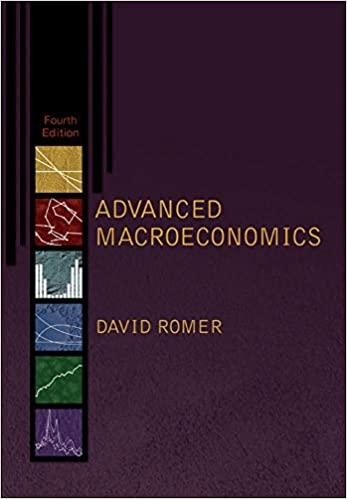10.4. Suppose that in the ShapiroStiglitz model, unemployed workers are hired according to how long they have...
Question:
10.4. Suppose that in the Shapiro–Stiglitz model, unemployed workers are hired according to how long they have been unemployed rather than at random;
specifically, suppose that workers who have been unemployed the longest are hired first.
(a) Consider a steady state where there is no shirking. Derive an expression for how long it takes a worker who becomes unemployed to get a job as a function of
b, L, N, and L.
(b) Let VU be the value of being a worker who is newly unemployed. Derive an expression for VU as a function of the time it takes to get a job, workers’
discount rate (ρ), and the value of being employed (VE ).
(c) Using your answers to parts (a ) and (b ), find the no-shirking condition for this version of the model.
(d) How, if at all, does the assumption that the longer-term unemployed get priority affect the equilibrium unemployment rate?
Step by Step Answer:







